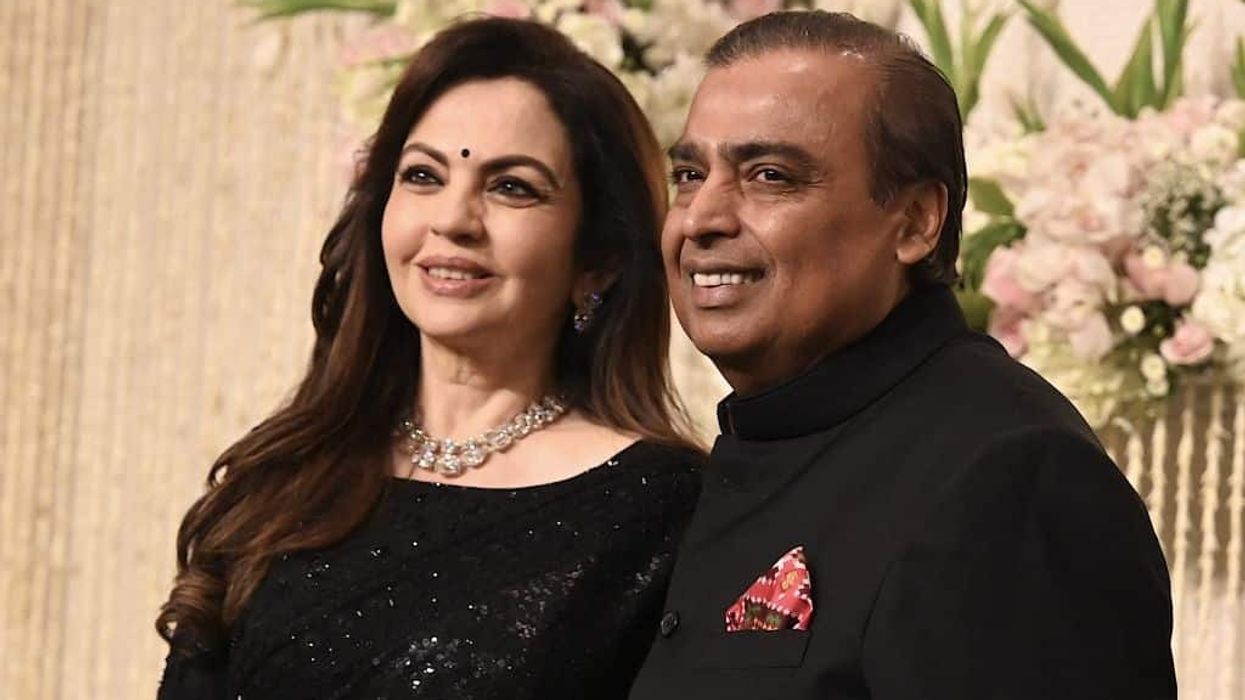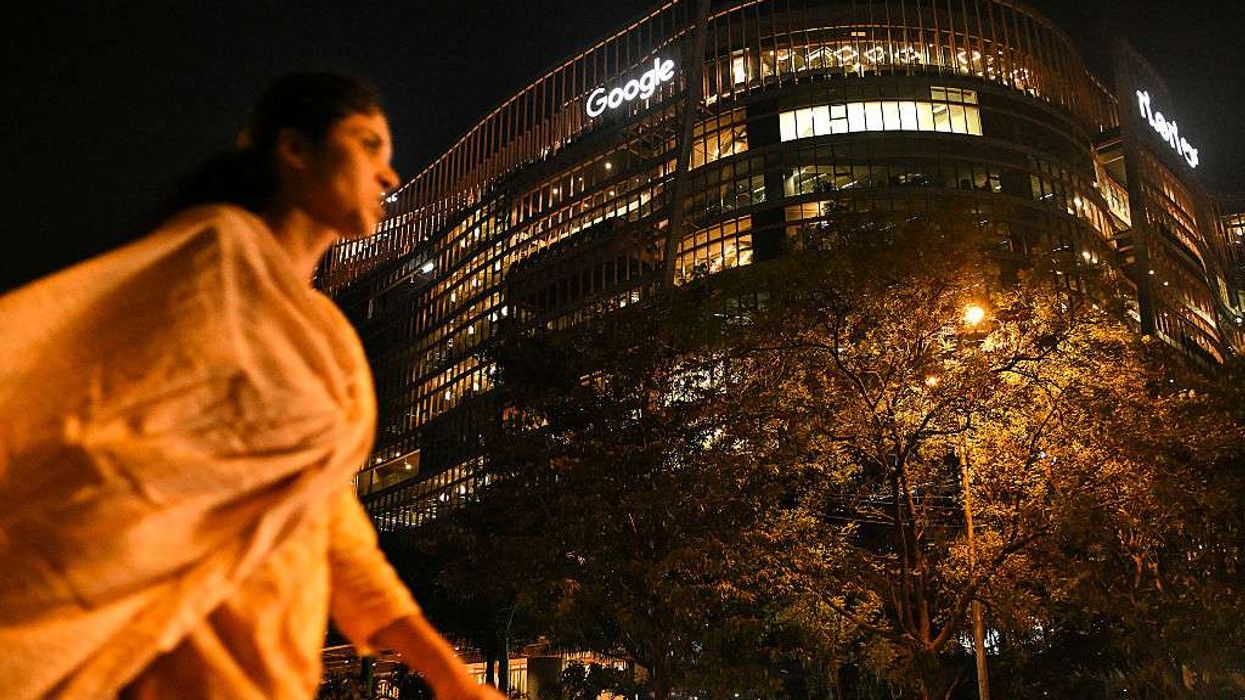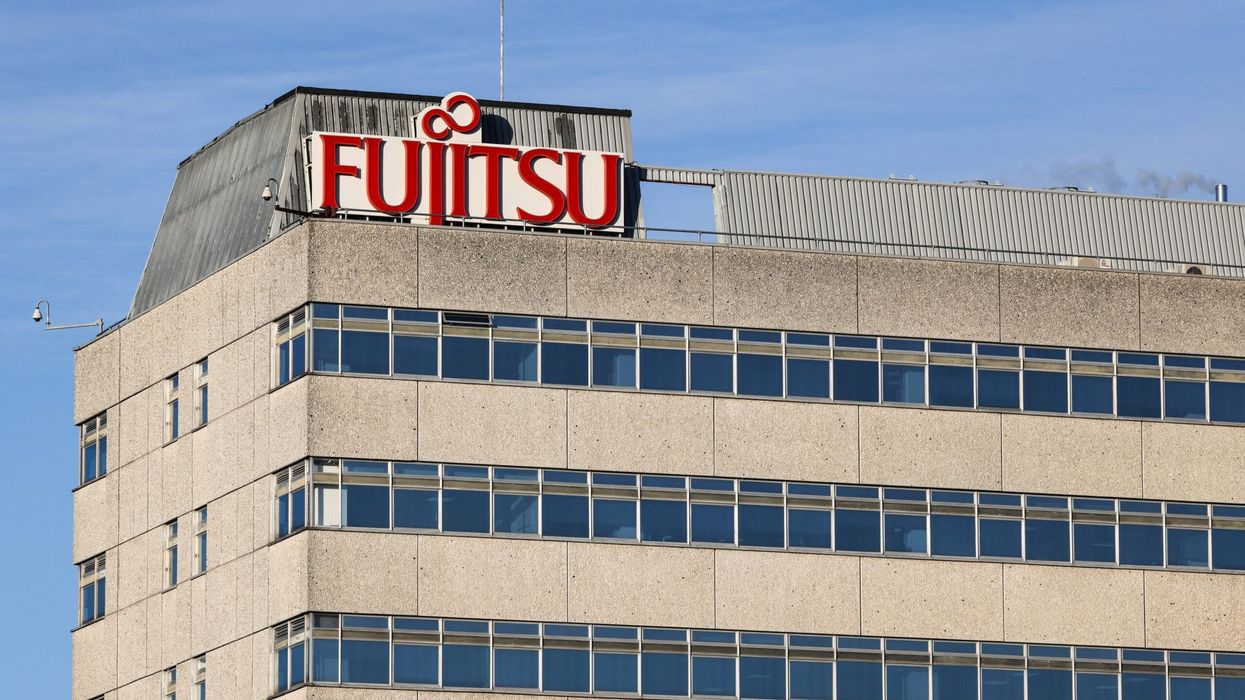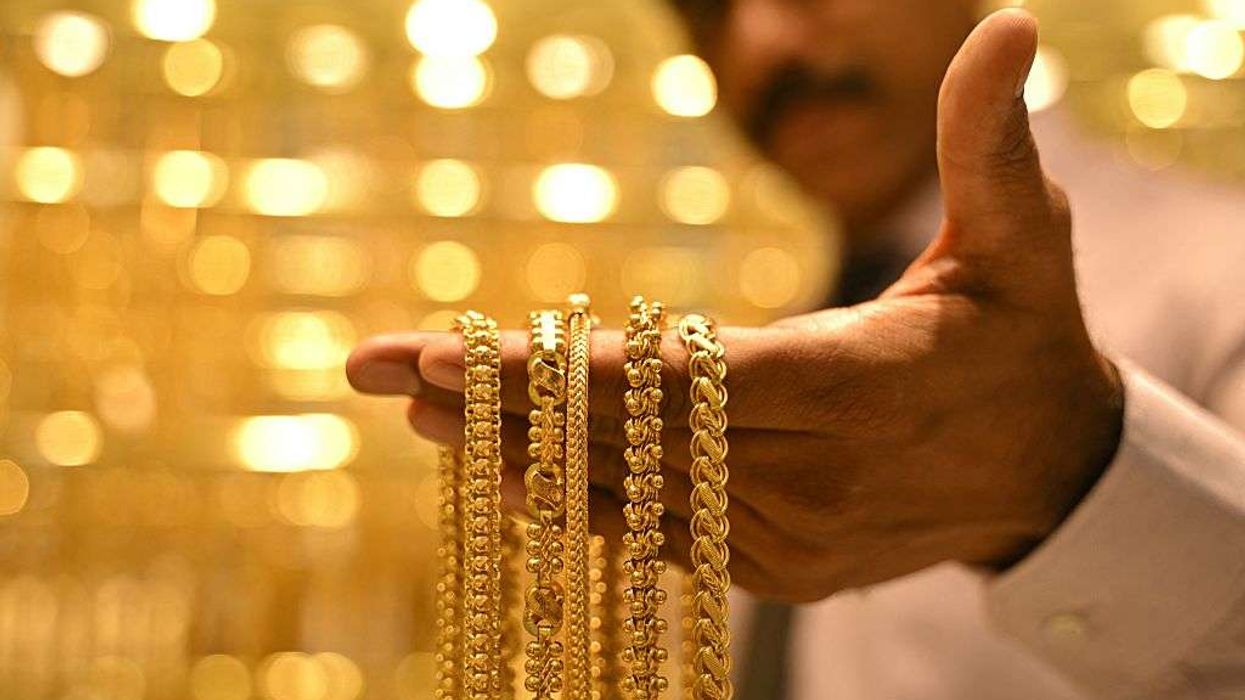Young people across the UK say they are finding it more difficult than ever to secure a job, with some graduates even being turned away from supermarket roles. The government maintains that youth employment is a key priority, but the number of vacancies across the country has now fallen to its lowest point in nearly four years.
According to the British Retail Consortium (BRC), which represents major supermarket chains, rising costs for employers and upcoming legislative changes are forcing businesses to scale back on hiring. The BRC warns that young people are likely to be most affected by this downturn in retail recruitment.
Figures from the Office for National Statistics (ONS) reveal that in early 2025, job vacancies dropped to 781,000 — a sharp decline from previous years. At the same time, 13.4% of those aged 16 to 24 were not in education, employment or training at the end of 2024, the highest proportion in over a decade. This equates to almost one in seven people within that age group.
Several experts believe that the growing cost of employing staff is deterring companies from taking on new workers. The increase in the minimum wage for different age groups, along with a rise in employer National Insurance contributions (NICs) in April, has significantly raised the cost of recruitment and staff retention.
In addition, business groups are raising concerns about the government’s proposed Employment Rights Bill, which is currently under review in the House of Lords. A central provision of the bill would require employers to offer guaranteed-hours contracts to zero-hours workers, based on the hours worked over a 12-week period.
While the bill is intended to improve job security, many retail HR leaders say it could have the opposite effect. A BRC survey of HR directors from 30 companies employing a combined 585,000 retail staff found that just over half of respondents expected the bill to lead to job reductions. Meanwhile, 61% said the legislation would reduce the flexibility of job offerings, particularly in part-time roles.
Helen Dickinson, chief executive of the BRC, said the retail sector has already shed nearly a quarter of a million jobs over the past five years. She noted that the latest changes to employment costs introduced in April could prompt even more job cuts.
“Part-time roles have declined by 200,000 since 2017,” Dickinson said. “These roles provide essential entry points into work for students, carers, and those returning to employment. In its current form, the Employment Rights Bill could backfire, further reducing retail employment and stifling new hiring.”
The proposed changes come at a time when young people are already struggling to access the workforce. Graduates have told the BBC they are being turned away from roles in supermarkets — positions once seen as reliable fallbacks for those seeking entry-level employment.
Despite these concerns, the government insists it is taking action. A spokesperson said its new “youth guarantee” is aimed at offering every 18 to 21-year-old in England access to apprenticeships, high-quality training, further education, or support in finding work.
The government has defended the recent tax increases, stating that they are necessary to stabilise public finances and fund key public services such as the NHS. However, they also pointed out that businesses can claim NICs relief for some eligible staff, including employees under the age of 21 and apprentices under 25.
Still, with supermarkets scaling back recruitment and flexibility in part-time roles under threat, young people entering the job market may face continued obstacles — even for jobs that were once considered a reliable first step.













